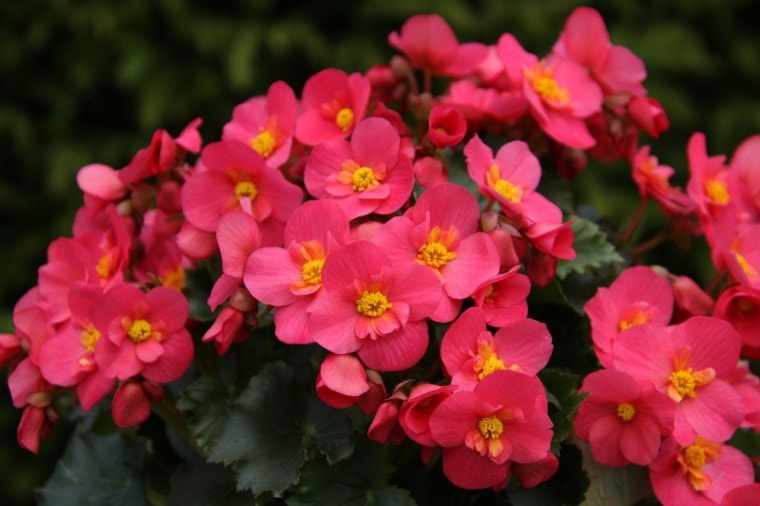
Begonias are popular plants that can grow indoors and outdoors. Many people love begonias because they’re pretty easy to grow, and they bloom assorted colors of flowers. However, begonias are poisonous to cats. Since they can grow both inside and outside, indoor cats and outdoor cats are susceptible to unsafe situations with these flowers around.
Let’s take a closer look at the danger these flowers pose when it comes to your favorite feline.
Why Are Begonias Poisonous to Cats?
Begonias are poisonous to cats because they contain a compound called soluble calcium oxalates. When cats ingest any part of the plant, calcium oxalates can combine with the calcium in the bloodstream and cause low calcium levels (hypocalcemia) and kidney failure. However this is more common in grazing animals.
The parts of the begonia that have the highest concentration of soluble calcium oxalates are the roots. Therefore, your cat may not have as severe of a reaction if they ingest the leaves or the flowers. However, if you know that your cat has dug into the plant’s roots and eaten some of them, contact your veterinarian right away.
One of the most common types of begonia is Begonia semperflorens, commonly called wax, bedding, or annual begonia. Before you call your veterinarian, make sure that you have some vital information to provide them.
If your veterinarian wants you to bring your cat in, make sure to bring a sample of the begonia with you.
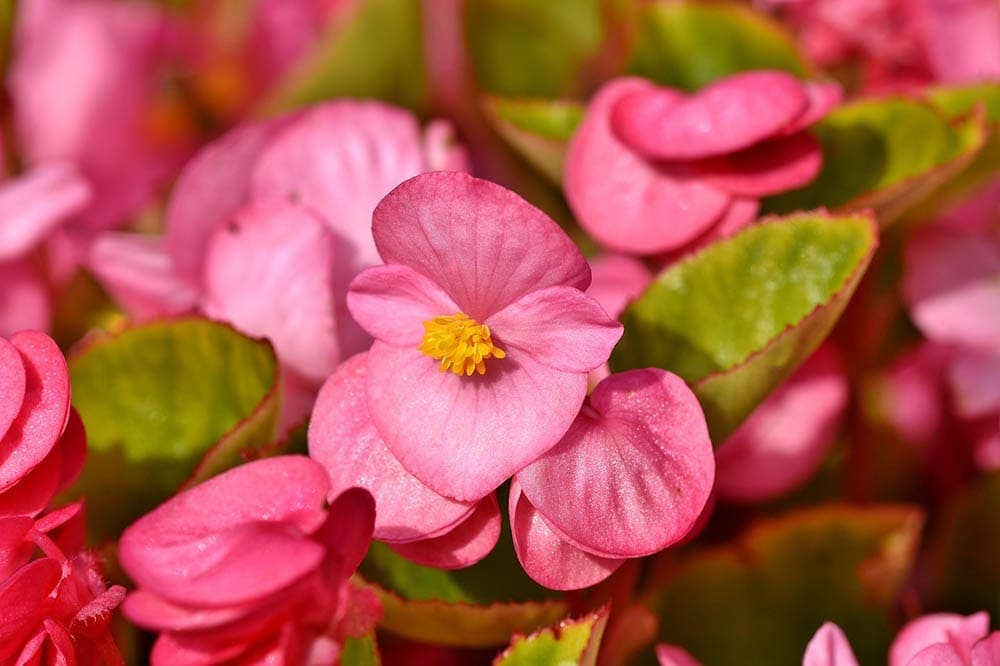
The 5 More Flowers That Are Toxic to Cats
Cats are obligate carnivores. Therefore, it’s not in their natural diet to consume a lot of plants. However, cats can be very curious creatures, and they may enjoy just trying different textured plants and chewing on them. Some cats also have a strong affinity towards catnip and cat grass, so they may think that other plants are edible as well.
If you have cats that enjoy chewing on plants, it’s best to avoid having plants in the home that contain toxic properties, and avoid growing them in the garden if your cat spends any time outside. Here are some common plants that are toxic to cats if consumed:
1. Azaleas

Azaleas (Rhododendron species) are considered moderately to severely toxic to cats. All plant parts contain a toxin called grayanotoxin; however, it is found in higher amounts in the leaves, nectar, and pollen.
Severe cases can result in cardiac failure and severe neurological signs.
2. Chrysanthemums

Chrysanthemums are another common flowering plant that’s toxic to cats. These flowers contain several toxins and irritants, including sesquiterpene, lactones, pyrethrins, and other irritants.
Sesquiterpenes can be skin irritants to cats. Pyrethrins are natural insecticides that the chrysanthemum uses to protect itself. This toxin is dangerous to cats because it affects their nervous system.
3. Hydrangeas
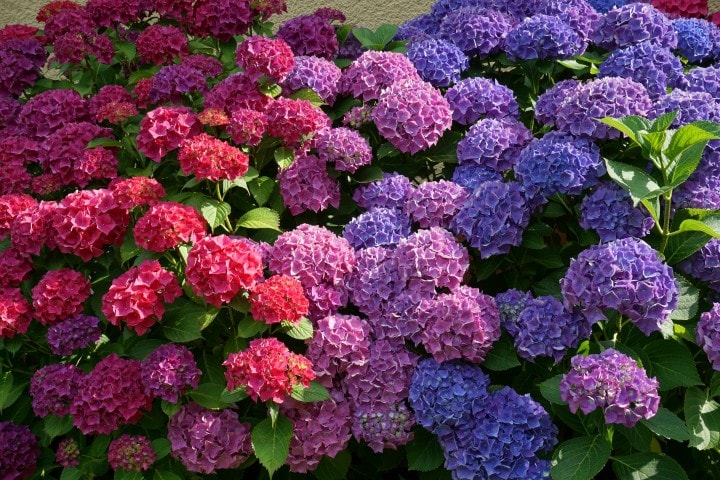
All parts of the hydrangea are poisonous to cats, including the flowers, stems, and leaves. This flower contains a toxin called amygdalin. Amygdalin is metabolized into cyanide, which causes a range of toxic signs.
The severity of a cat’s affliction will depend on the amount that your cat consumed. Most cats don’t eat enough of the flower to become affected by severe side effects though.
4. Irises
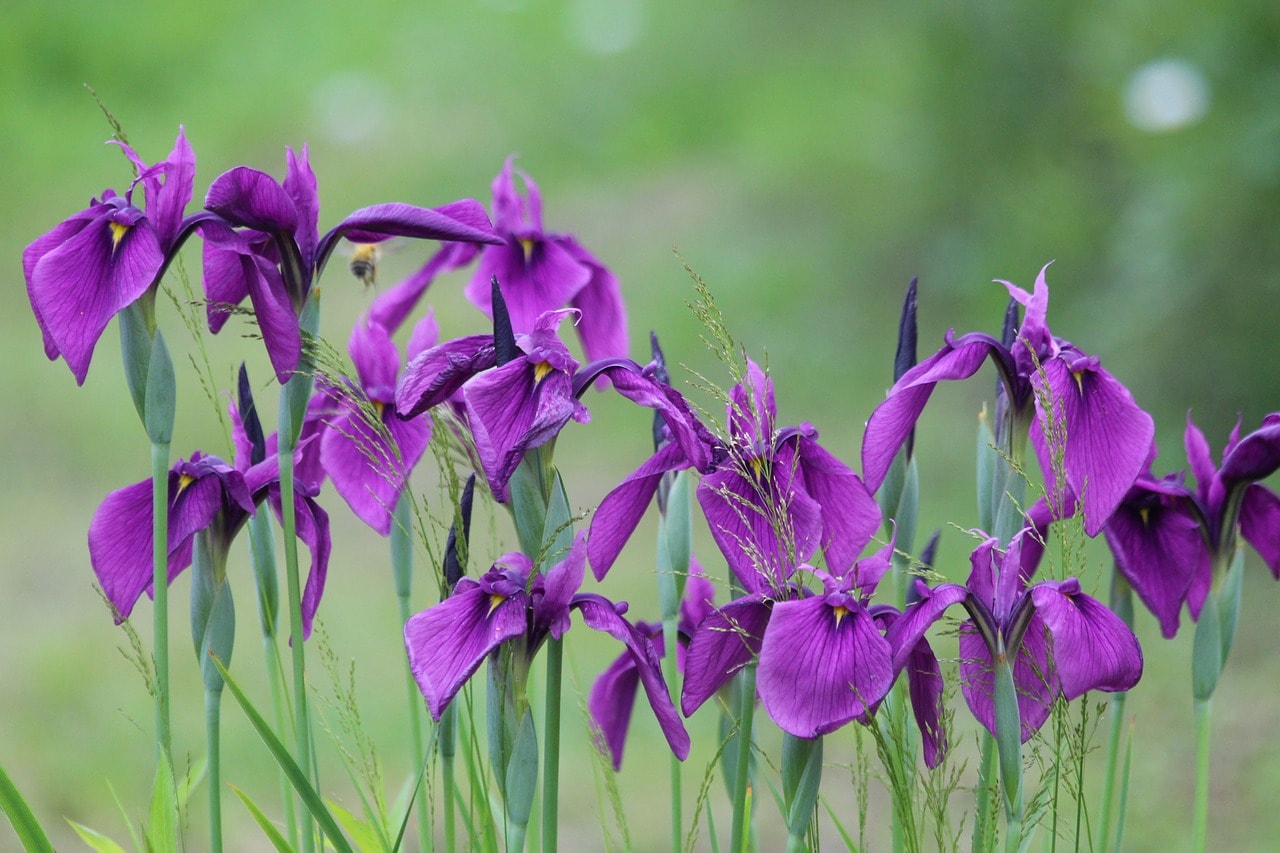
Irises are a common sight to see in many people’s gardens and floral arrangements. However, they’re moderately toxic to cats. This flower contains pentacyclic terpenoids, which cat’s digestive tract. All parts of the plant contain this toxin, but it’s most concentrated in flower buds.
5. Lilies
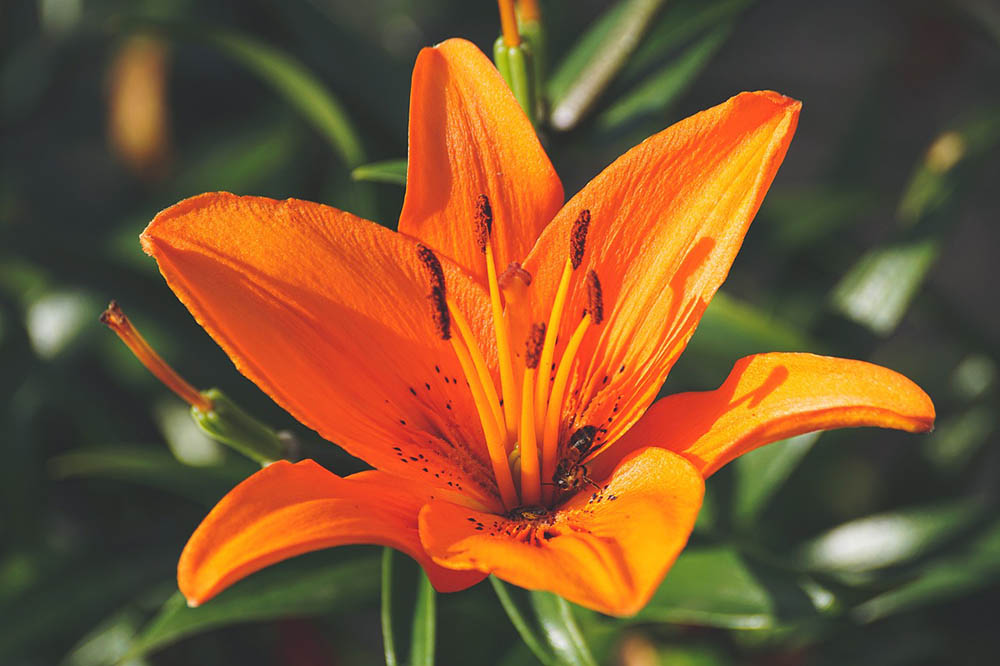
Lilies (Lilium and Hemerocallis species) are the most dangerous flowers to cats. All parts of the flower are poisonous and potentially deadly, including the pollen. If the lilies are in a vase, drinking from the water is also poisonous. Toxicity causes acute kidney failure.
If your cat has eaten any part of a lily, contact your veterinarian right away. Waiting more than 18 hours after the cat has ingested the plant can lead to kidney failure with fatal consequences.
The 5 Common Flowers That Are Safe for Cats
Flowering plants bring a whole new kind of life into your home and around your exterior landscaping. Fortunately, there are a lot of other common plants that you can use that are safe for cats. So, instead of worrying about your cat and begonias, consider these other beautiful flowering plants that you can have in your home or the garden.
1. Asters

Aster is a genus of flowering plants that typically grow in the fall and add beautiful colors to an autumnal landscape. There are many different varieties of asters, and the colors of the flowers include blue, purple, pink, violet, and white. Aster seeds are also a vital source of food for many birds in the winter.
2. Orchids

Orchids are beautiful houseplants that you can find at almost any plant shop. They’re a great option as a houseplant because you can find a variety of shapes, colors, and sizes to match your home’s interior design.
3. Gerbera Daisies
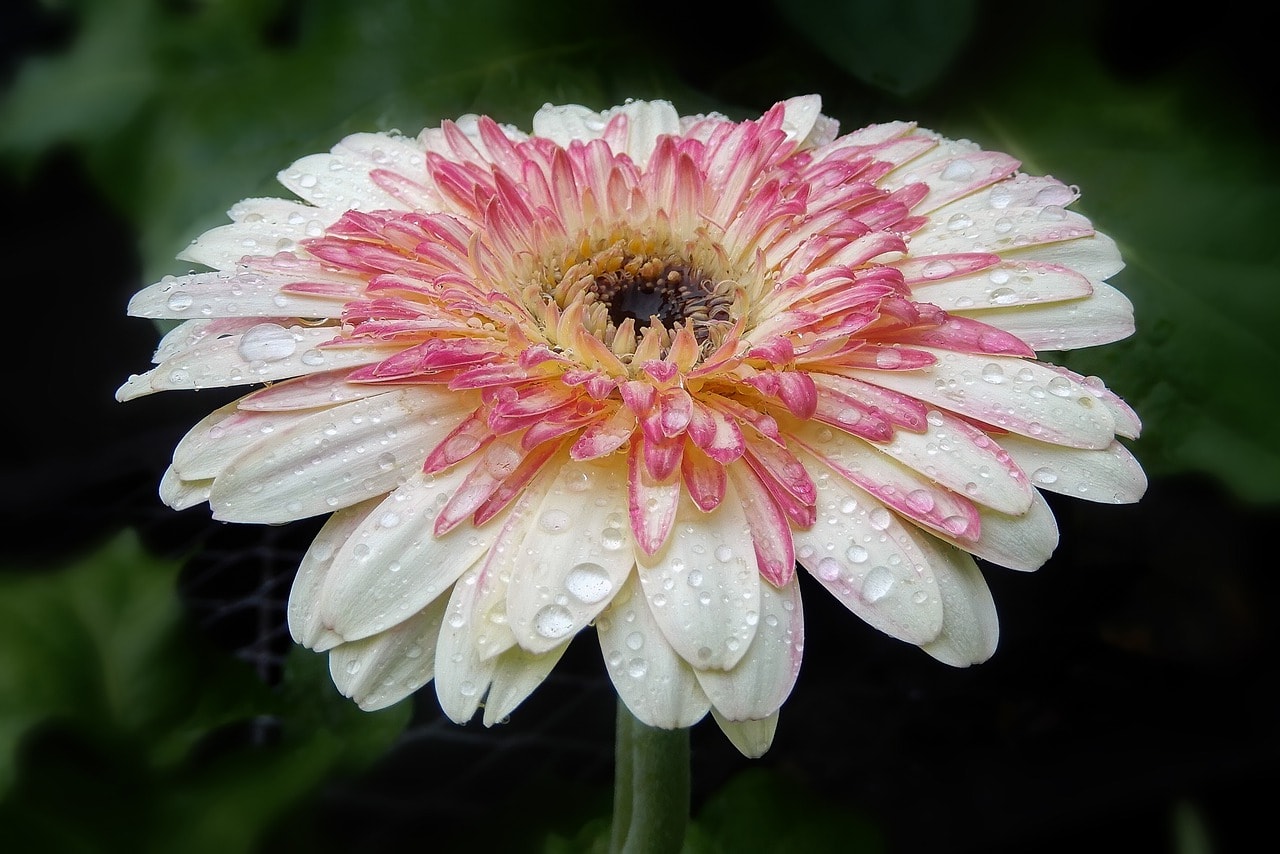
These flowers (Gerbera jamesonii) are low-maintenance plants that grow easily outdoors. However, you can also grow them indoors if you’re able to provide proper care. The flowers grow big and round and have very vibrant petals that come in various shades of red, pink, yellow, orange, and white.
4. Sunflowers

Sunflowers (Helianthus angustifolius) look beautiful both outside and in floral arrangements. There are many varieties of sunflowers, so you can grow various sizes in your garden. They’re relatively easy to grow as long as they receive an adequate amount of sunlight.
5. Snapdragons
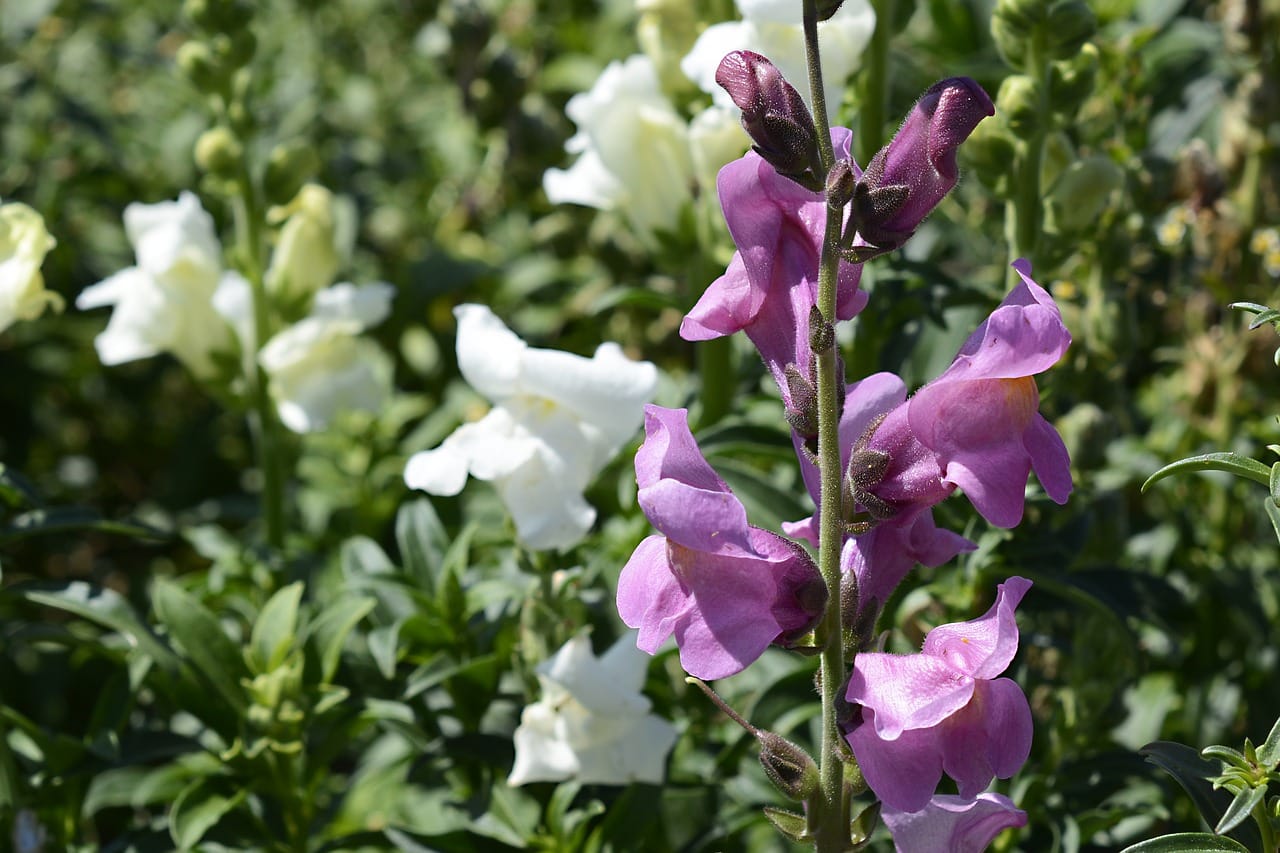
Snapdragons (Antirrhinum majus) come in many different shapes, colors, and sizes, so they make versatile additions to any landscape. These plants don’t require too much special maintenance, and they make beautiful accents to any bouquet.
Wrapping Up
Begonias are common plants that are poisonous to cats. The roots are particularly toxic. You can try to train and deter your cat from eating a begonia, but the safest way to protect your cat is to remove begonias from your home.
If your cat does ingest a part of a begonia plant or any other toxic plant, don’t hesitate to contact your veterinarian. It’s better to be safe than sorry!
There are also many other safe flower alternatives that bring color and life to your home and garden. You can easily find many of these flowers at your local plant shop or the seasonal section of hardware and home improvement stores.
It might require a little more research and creativity, but it’s never a wasted effort. There’s nothing more rewarding than keeping your mind at ease knowing that you’re providing a safe and happy home for your special cats.
Featured Image Credit: Marjonhorn, Pixabay







